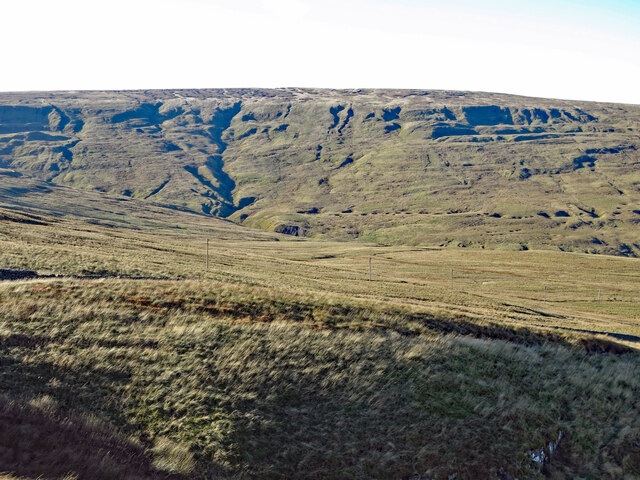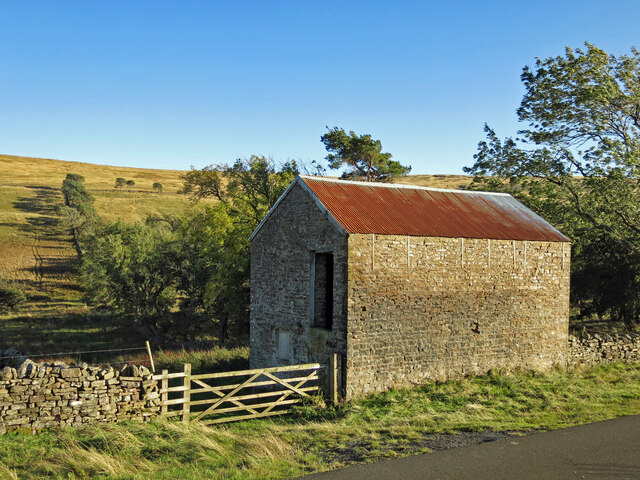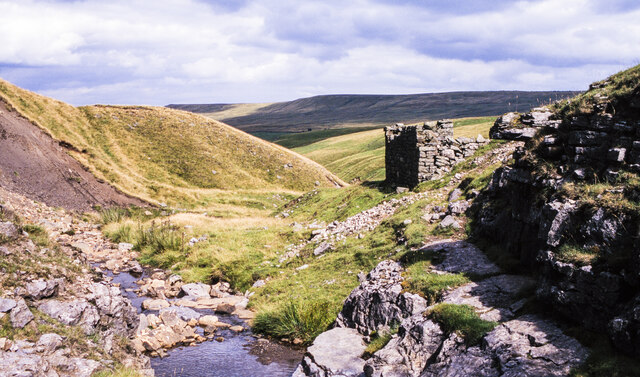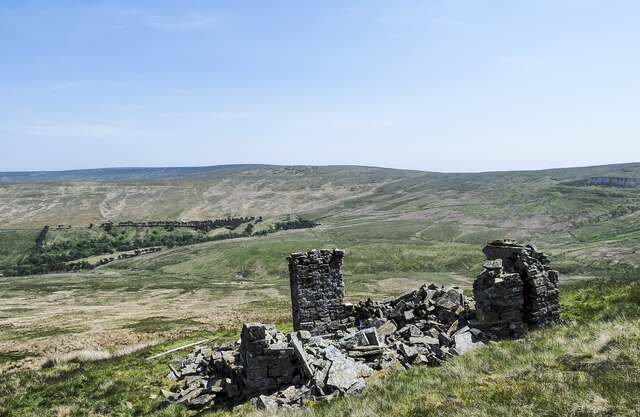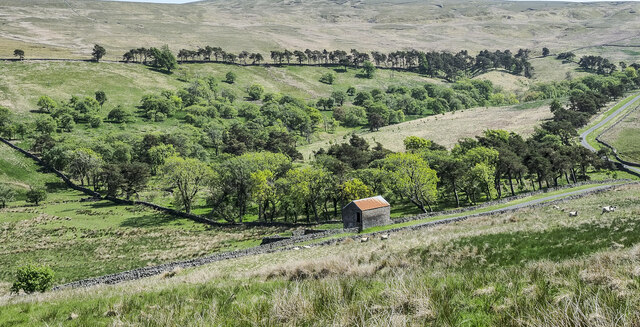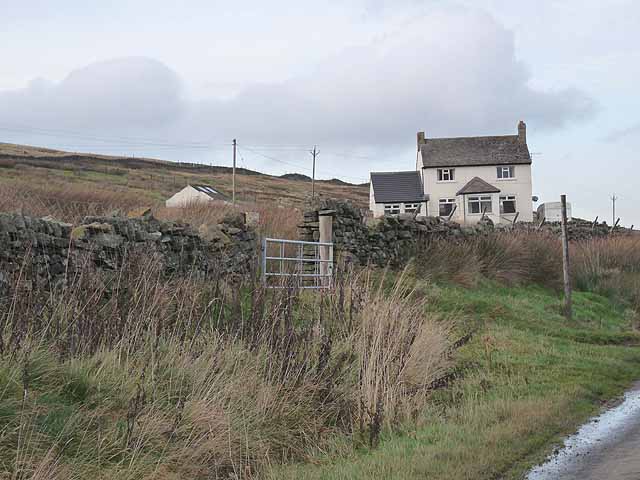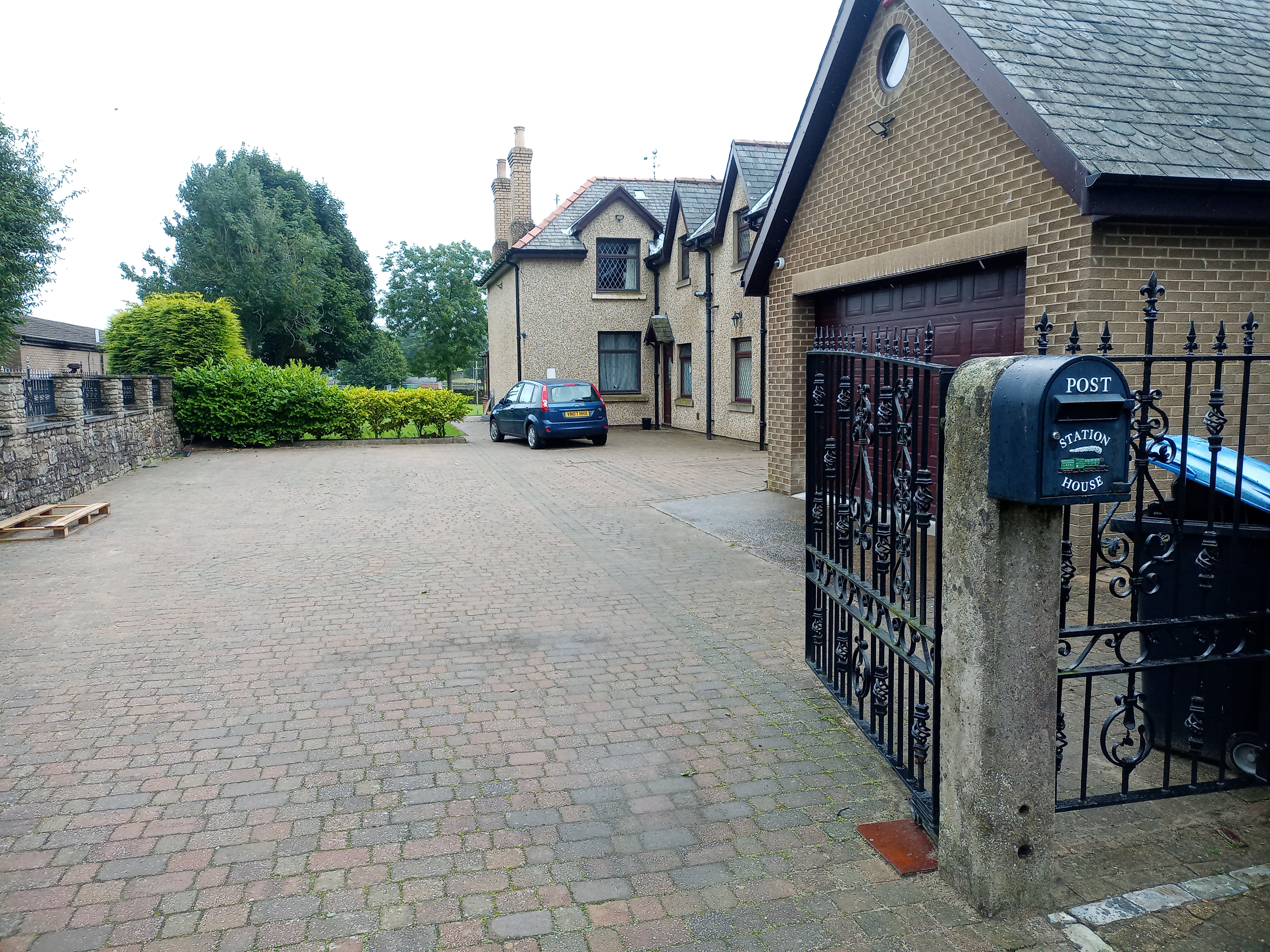Campmeeting Allotment
Downs, Moorland in Durham
England
Campmeeting Allotment
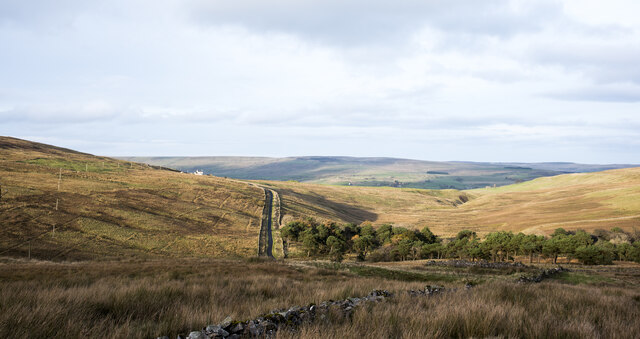
Campmeeting Allotment, located in Durham (Downs, Moorland), is a historic area known for its unique cultural and religious significance. The allotment is situated on a picturesque site surrounded by lush greenery and rolling hills.
The origins of Campmeeting Allotment date back to the early 19th century when it was established as a religious gathering place for the Methodist community. It served as a venue for annual camp meetings, where people from far and wide would come together for spiritual revival and fellowship. These camp meetings were characterized by fervent worship, passionate sermons, and communal activities.
Today, Campmeeting Allotment remains a cherished location for both religious and community events. The site features several well-preserved historic buildings, including a chapel that serves as a focal point for religious services and events. The chapel's architecture reflects the traditional Methodist style, with its simple yet elegant design.
The allotment also offers a serene and tranquil atmosphere, making it an ideal destination for retreats and nature lovers. Visitors can explore the surrounding countryside, take scenic walks, or simply relax and enjoy the peaceful surroundings.
Campmeeting Allotment continues to be a place of religious significance, with regular worship services and gatherings for the local Methodist community. It also serves as a testament to the rich history and cultural heritage of Durham, attracting visitors from near and far who are interested in experiencing its unique ambiance and historical value.
If you have any feedback on the listing, please let us know in the comments section below.
Campmeeting Allotment Images
Images are sourced within 2km of 54.715411/-2.1704213 or Grid Reference NY8935. Thanks to Geograph Open Source API. All images are credited.
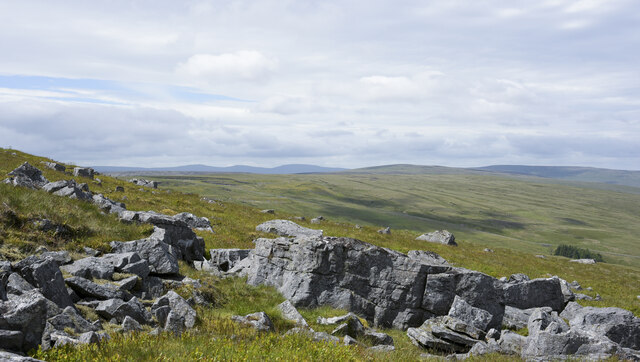
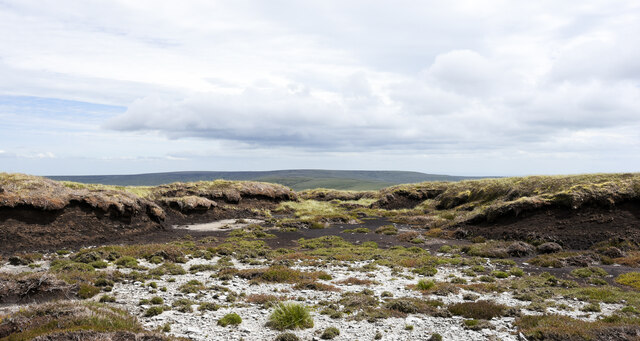

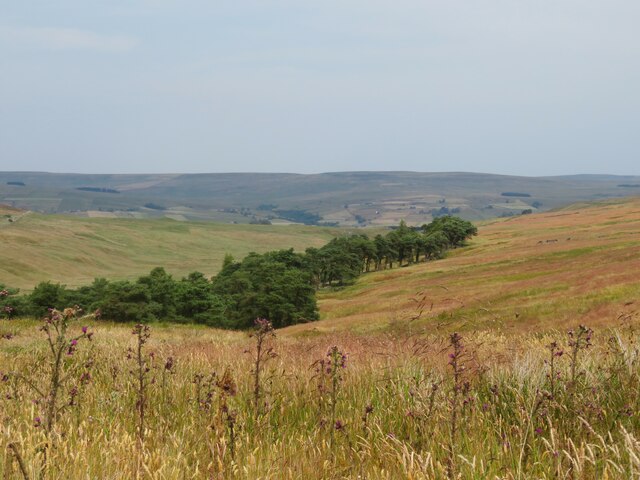
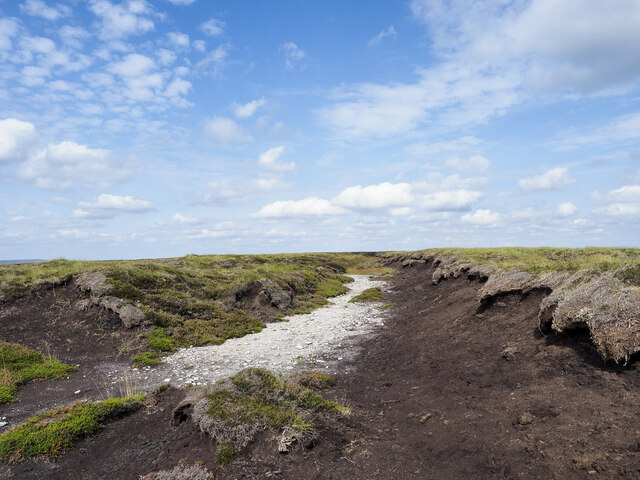
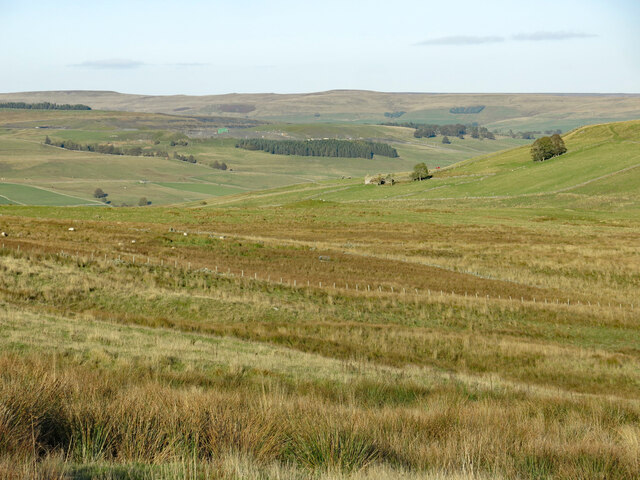
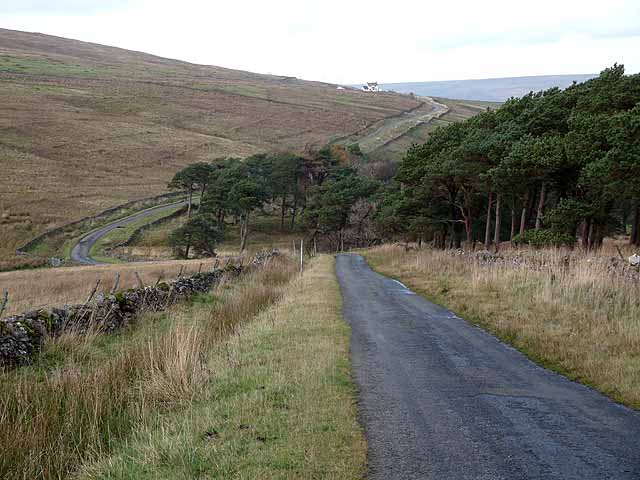
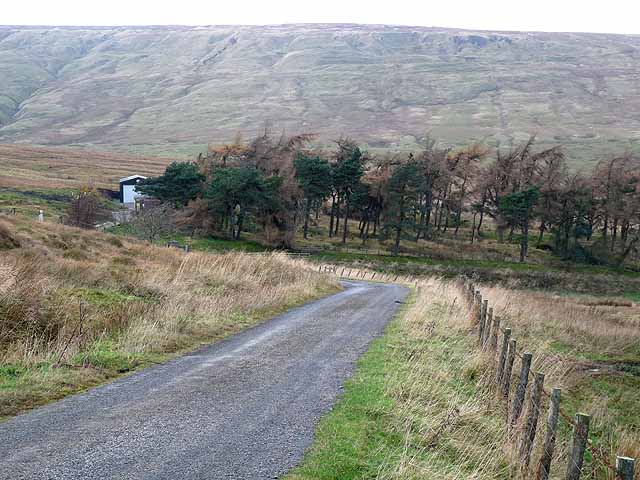
Campmeeting Allotment is located at Grid Ref: NY8935 (Lat: 54.715411, Lng: -2.1704213)
Unitary Authority: County Durham
Police Authority: Durham
What 3 Words
///accent.crispy.protected. Near Newbiggin, Co. Durham
Nearby Locations
Related Wikis
Daddry Shield
Daddry Shield is a village in the civil parish of Stanhope, in County Durham, England. It is situated on the south side of the River Wear in Weardale,...
St John's Chapel, County Durham
St John's Chapel is a village in the civil parish of Stanhope, in County Durham, England. It is situated in Weardale, on the south side of the River Wear...
St John's Chapel railway station
St John's Chapel railway station served the village of St John's Chapel, County Durham, England, from 1895 to 1965 on the Weardale Railway. == History... ==
Westgate Methodist Chapel
Westgate Methodist Chapel stands on the A689 road in the village of Westgate, some 5 miles (8 km) west of Stanhope, County Durham, England (grid reference...
East Blackdene
East Blackdene is a hamlet in the civil parish of Stanhope, in County Durham, England. It is situated to the north of the River Wear, on the opposite side...
Harthope Moss
Harthope Moss, also known as Chapel Fell (elevation 627 m; 2,057 ft) is a mountain pass in the English Pennines. The pass divides Weardale to the north...
Westgate-in-Weardale railway station
Westgate-in-Weardale railway station served the village of Westgate, County Durham, England, from 1895 to 1965 on the Weardale Railway. == History == The...
Westgate, County Durham
Westgate is a village in the civil parish of Stanhope, in County Durham, England. It is situated in Weardale between St John's Chapel and Eastgate. In...
Nearby Amenities
Located within 500m of 54.715411,-2.1704213Have you been to Campmeeting Allotment?
Leave your review of Campmeeting Allotment below (or comments, questions and feedback).

